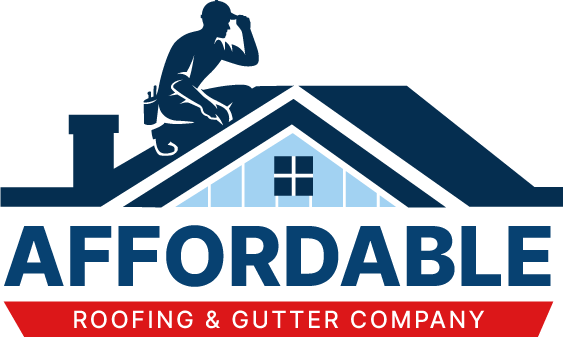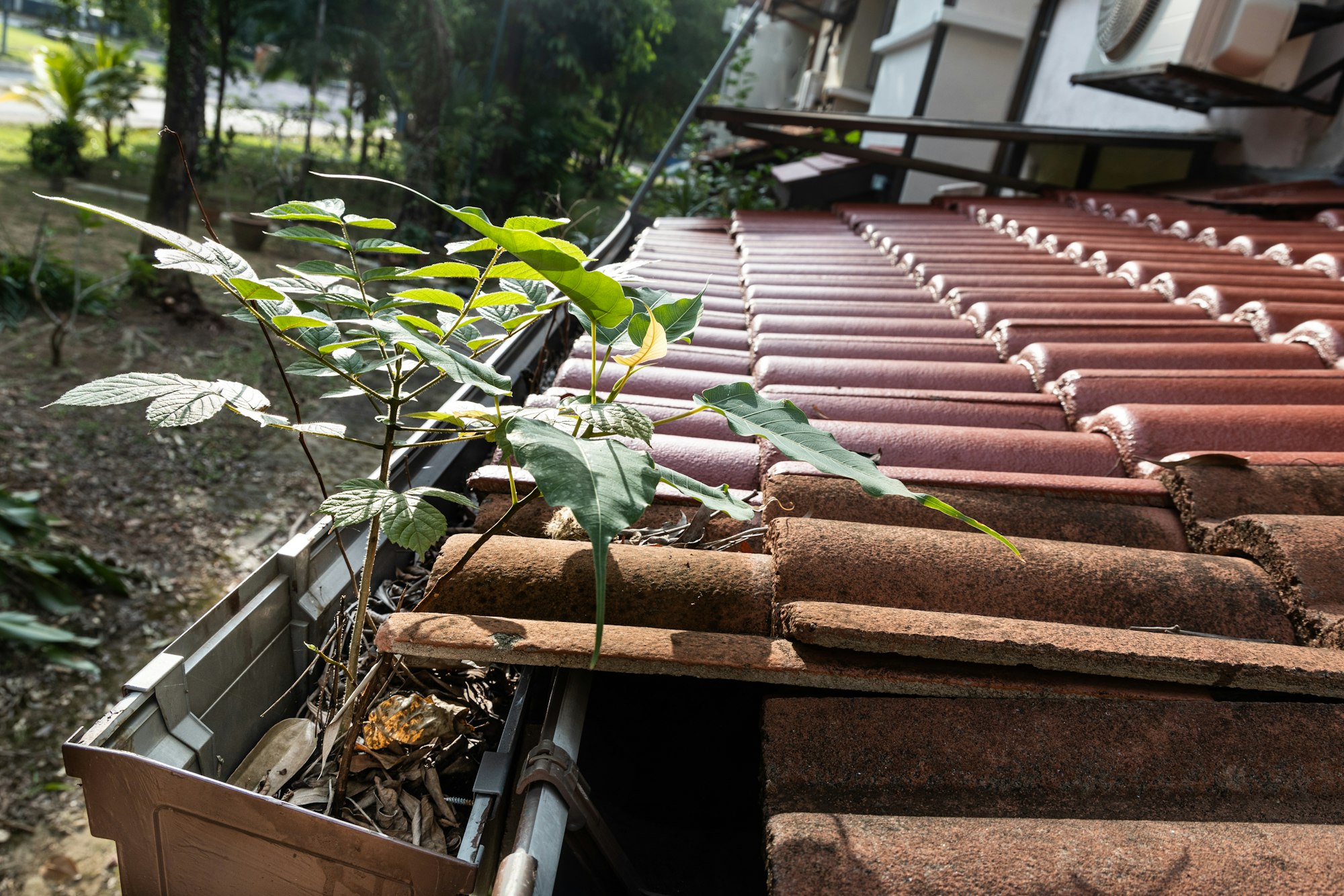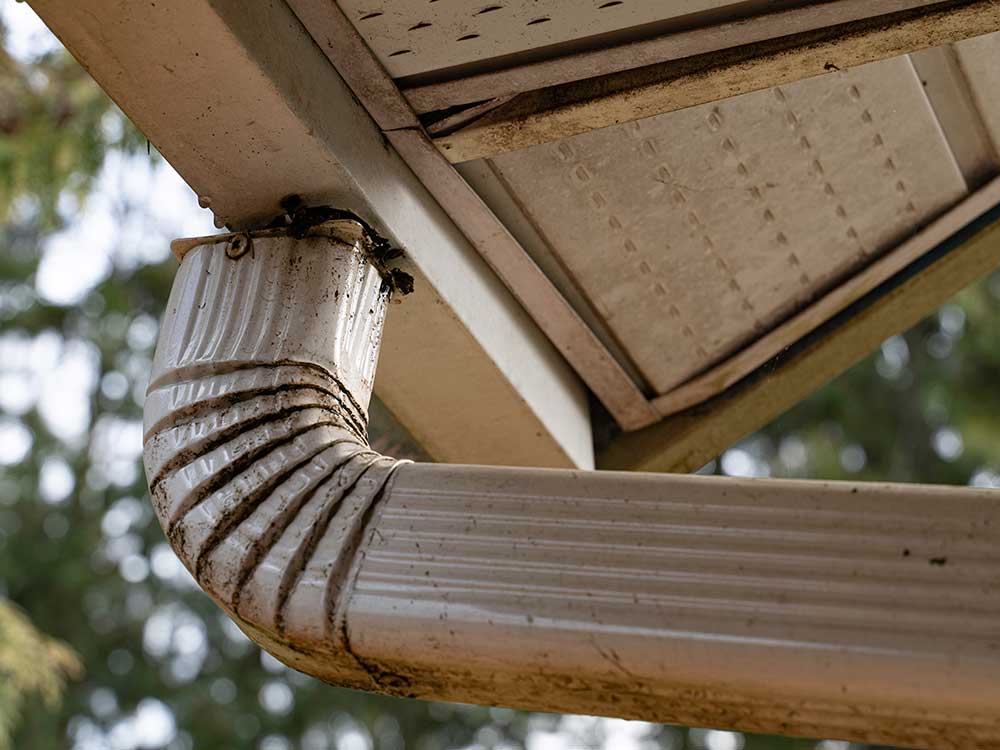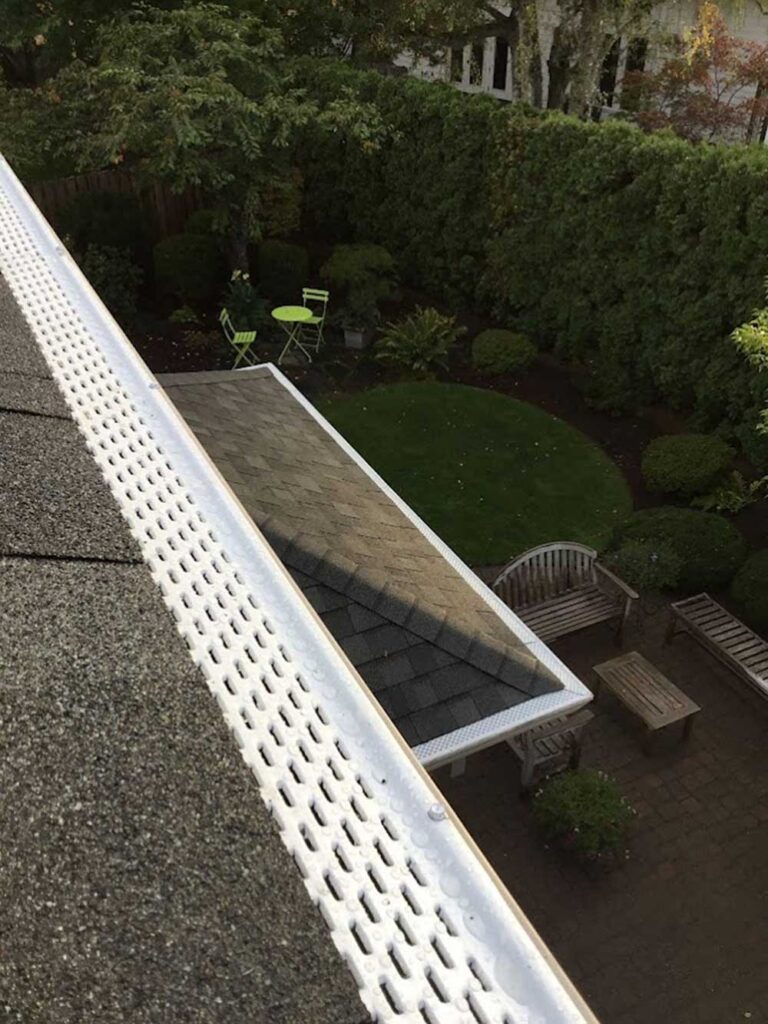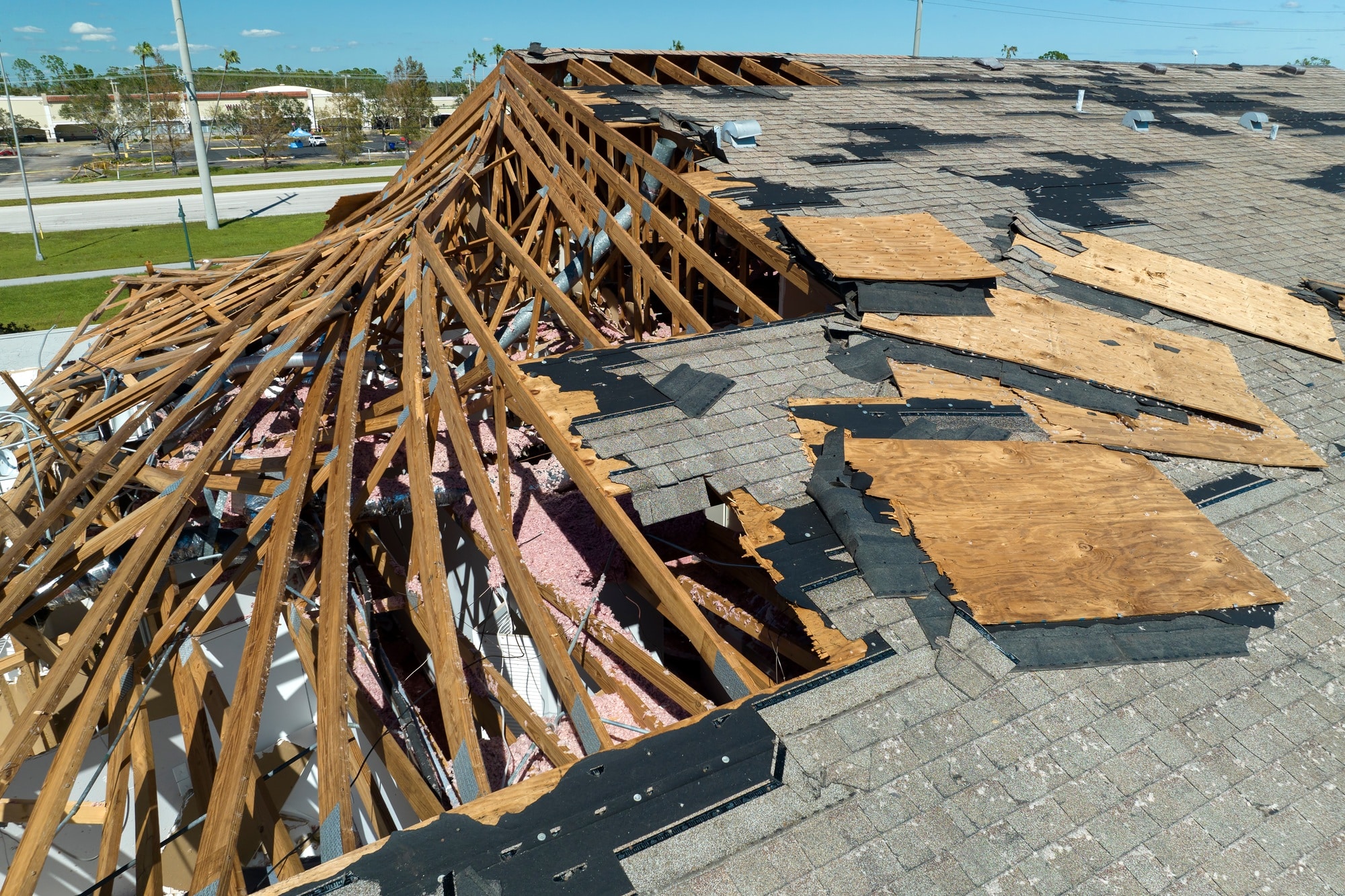
Homeowners’ insurance plays a crucial role in offering financial protection against unexpected events like fallen trees or debris, natural disasters and even fire damage. Navigating the complicated paperwork of insurance policies and filing claims is overwhelming and can be downright stressful.
This is your guide to understanding how home insurance works and knowing when when and how to go about replacing your roof. Protecting your roof is an investment in your home’s future, and following the steps below will help you make sure it’s covered in case of any damage.
When Does Homeowners Insurance Cover Roof Repairs or Replacement?
Homeowners insurance will generally cover roof repairs or a replacement when the damage is caused by specific perils outlined in your policy. Typical causes include exceptional windstorms, hail, fallen trees, fire, and other accidents or natural disasters.
However, coverage will depend heavily on the details of your specific policy. For example, your policy may include Replacement Cost Value (RCV), which pays the full cost of repair or replacement of your roof. Alternatively, your policy may include Actual Cash Value (ACV), which pays the depreciated value of your roof based on its age and condition.
Minor hail or wind damage that necessitates repairs or a replacement is normally not covered since your roof is likely at the end of its lifespan. The same applies to damage caused by improper maintenance or neglect, so be careful to not allow your roof to go fully ignored with your homeowner tasks.
TIP: If your insurance policy has an online version you can download, copy and paste that policy into an AI program like ChatGPT or Gemini and as it to “summarize this policy and give me the most important things I should know about it”. This is an easier way to cut through all the jargon and make sure you understand your policy to some extent.
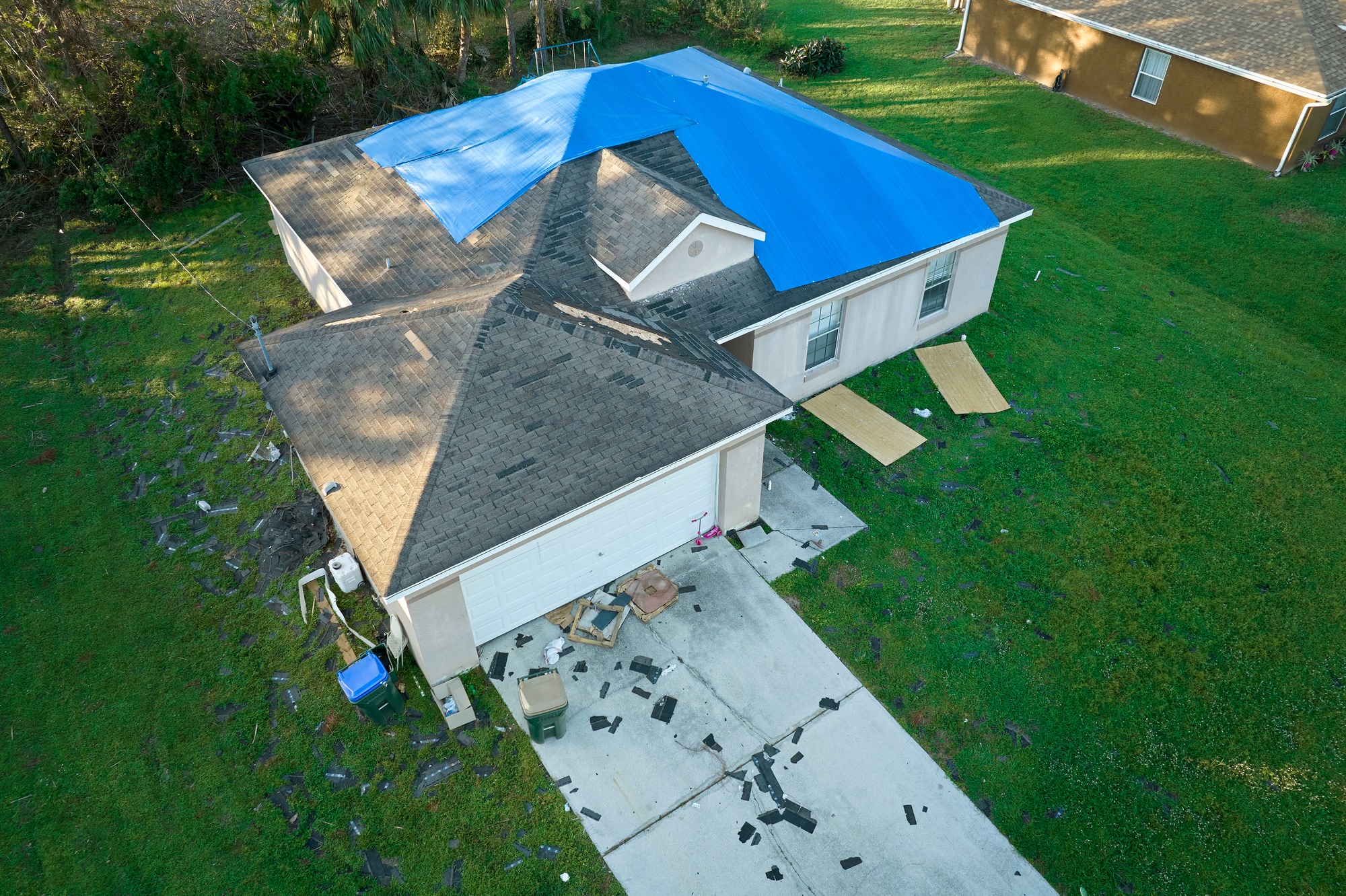
Roof-Related Risks in the Pacific Northwest
The Pacific Northwest (PNW) is known for its year-round heavy rainfall, occasional windstorms coming off the Pacific coast, and high humidity levels. All of which take a toll on your roof when living in Oregon or Washington areas.
Heavy rainfall will eventually degrade your roof over time and cause small cracks in your roof foundation, eventually leading to leaks. Windstorms are another hazard that may bring down trees which may cause structural damage to your roof or remove shingles and expose the underlying roof materials. The region’s damp climate encourages moss and algae growth, which can weaken shingles over a period of time.
Preventative maintenance is your safety net to minimize risks and ensure your insurance claims aren’t getting denied. Keep a receipt record when hiring professional services to serve as document proof that your roof is well-maintained.
How to File a Claim for Roof Damage
Filing a claim involves gathering the proper documents and filing the right paperwork with your home insurance provider. Follow the steps below to properly prepare for your filing so you have a better chance of being approved.
- Assess the damage and document: Inspect the roof and take clear photos of the damage. Document both the exterior and any interior-related damages.
- Review your homeowner’s insurance policy: Check your policy to confirm the types of damage covered and whether you have RCV or ACV coverage.
- Contact your insurance provider: Notify your insurance provider promptly to initiate the claim and provide detailed information and documentation.
- Work with an approved roofing contractor: Hire a reputable contractor like Affordable Roofing and Gutter Company to inspect the damage and provide a professional estimate.
First-time homeowners will forget to document the damage with photos or wait too long to file the claim with the insurance provider. Avoid these mistakes, and do not attempt to fix the damage yourself before an adjuster inspection to prevent jeopardized coverage.
Understanding Depreciation and Roof Age
Your roof’s age will play a significant role in the final payout from your insurance provider. Policies offering ACV consider depreciation, reimbursing only the current value of your roof, which will be reduced due to the normal wear and tear over the years.
The RCV covers the full cost of your repair or replacement, regardless of age, making it more beneficial for homeowners. Older roofs are often only eligible for ACV coverage. Insurers view them as a higher risk and will reduce payouts, which is why maintaining your roof and upgrading when necessary will secure better coverage options.
Tips for Choosing the Right Homeowners Insurance Policy
The right homeowner’s insurance policy can make or break your finances when disaster strikes your roof. Always strongly suggest an RCV policy that will cover the full cost of repairs or replacement instead of an ACV policy that only covers partial costs.
Consider adding endorsements for specific risks like mold or windstorm damage since the PNW is notorious for both. You also need to review your deductible carefully to watch for high deductibles that will lower premiums but force you to pay more out-of-pocket costs.
Finally, regularly update your policy to reflect any updates you’ve made to your roof and stay aware of your coverage limits to ensure you have enough coverage left for unforeseen events.
Tip: We don’t make recommendations of insurance companies, however if we’re able to impart our experience in this matter we highly suggest working with an established and local insurance office with local people that have seen ALL the circumstances in your area and will council you so much better than national representatives.

Preventing Roof Damage and Protecting Your Investment
Roof damage is always an inconvenience and stressful issue, but following some proactive steps can help all PNW homeowners protect their homes. Start with regular inspections and maintenance to catch small issues like loose shingles before the underlying materials get damaged. Clean your gutter frequently to prevent water from pooling and causing degradation over time.
Also, trim overhanging branches to minimize the risk of fallen limbs during windstorms, a common hazard in Oregon and Washington. Anytime you get the roof repaired, use only high-quality materials that are weather-resistant and designed for the PNW’s heavy rainfall and humidity. Taking the right preventative measure will extend your roof’s lifespan and reduce the chances your insurance claim gets denied.
Let Affordable Roofing and Gutter Company assist with any inspections and help you pick the right materials to keep your roof in excellent condition
Protecting Your Roof with Homeowners Insurance
Understanding your insurance policy in the PNW and knowing if it covers roof repairs or replacements is how you will protect your home and finances when disasters happen. Get familiar with the perils covered under your policy and the impact of your roof’s age and policy type. Your monthly maintenance and preparation are your best defenses for getting the most from your claims.
Review your policy and take proactive measures to maintain and inspect your investment. Don’t leave your roof’s future to chance. Contact Affordable Roofing and Gutter Company today for a free quote and expert advice tailored to your situation.

